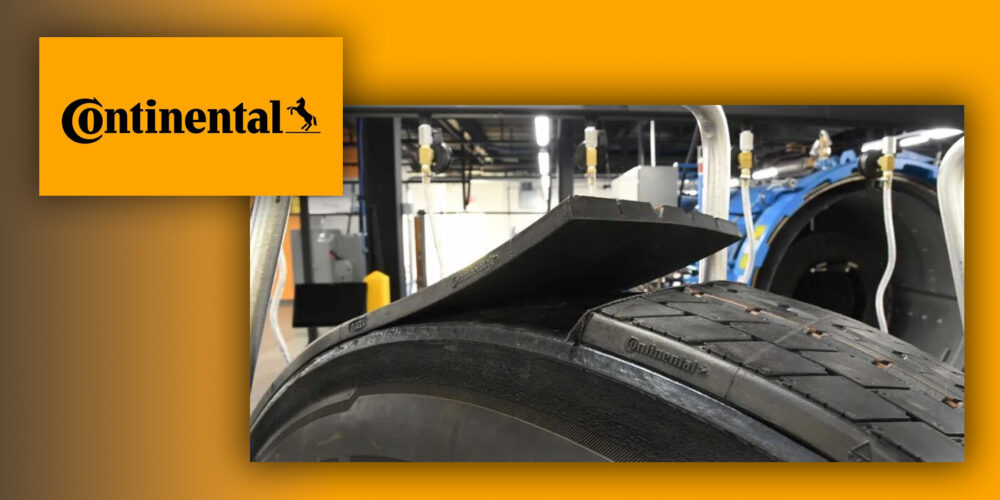I realize that looking to our government for future energy pricing and usage projections has less to do with fact and more to do with fiction. However, I perused the 2016 U.S. Energy Information Administration’s (EIA) Annual Energy Outlook report so that I could see what our administrators are thinking (or not).
In typical government fashion, the EIA report has thousands of pages and millions of words relating to a topic none of us really know anything about—but I found little snippets of realism by reading between the lines and comparing various tables. All these projections cover the time period from 2015 through 2040.
First, let’s consider the projected annual growth rate of various sources of energy. The EIA report has separate numbers for each category whether or not the proposed Clean Power Plan is enacted. Since I learned years ago never to count on business being generated by government regulation, I’ll report only the projections shown without adoption of the Clean Power Plan.
The largest projected annual growth, as you might expect, is in the area of other renewable energy (4.2%) which includes several sources such as landfill gas, waste, wind, solar, etc. The smallest growth rate is nuclear (what a shame) at 0%. But biomass isn’t far behind at a projected growth rate of only 0.4% annually. Hydroelectric power is projected to grow at an annual rate of 0.7%.
Energy from crude oil is projected to increase at an annual rate of 0.7% while natural gas usage is expected to increase 1.7% per year. This suggests that natural gas will be the next alternate fuel of choice.
Our old friend ethanol isn’t separated out in this table, but I found some interesting numbers in another section of the report. Ethanol used in gasoline blends is expected to decrease at an annual rate of -0.4% while ethanol usage in E85 is expected to increase at a 7.3% annual rate.
This actually makes sense. Although 10-15% ethanol blends are a complete farce, E85 has significantly higher fuel octane rating. As we know, higher octane fuels allow higher gasoline engine compression ratios which increases engine efficiency approximately 4% per whole number compression ratio increase. The kicker is that increased engine efficiency also means increases in NOx level, so CARB may not accept this approach.
Transportation fuel usage growth rate projections offer some additional insights. The lowest projected growth rates are light-duty vehicles (cars and pickups), and rail at 0.9% per year. The light-duty rate probably reflects improvements in gasoline engine fuel economy while the rail increase is interesting to truckers. Both light- (1.6% growth) and heavy-duty truck fuel usage (1.5% growth, even with GHG Phase 2) are projected to beat rail. This is good news for trucking since those projections beat both rail at 0.9% and air at a 1.4% projected growth rate.
Electrical power generation also provided some interesting source usage projections. Wind energy usage is projected to increase at the rate of 2.4% per year, while solar is projected to grow at 10% per year. I expect that residential energy tax credits have a lot to do with the higher projected solar growth rate. Geothermal energy is projected to grow at a 5.4% annual clip; geothermal makes more sense than most other sources of energy for residential usage.
Although price projections have nothing to do with reality, the EIA report suggests that fuel oil, natural gas and propane prices will increase at a rate of approximately 2% per year. Crude oil and petroleum fuel prices are expected to increase at a rate of approximately 4 to 5% per year. As we have stated all along, natural gas will benefit from a lower cost standpoint than gasoline and diesel over the long haul.














